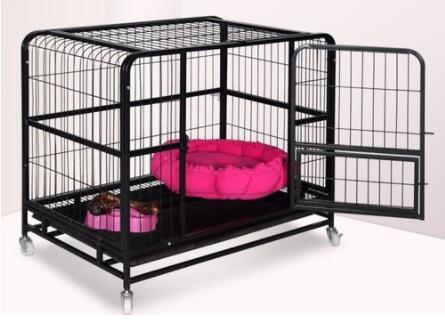What Screws Do I Use for Drywall? A Comprehensive Guide
When it comes to finishing your home or undertaking a renovation project, drywall installation is a crucial step. Whether you are a DIY enthusiast or a professional contractor, knowing what screws to use for drywall is essential for ensuring a secure and long-lasting finish. This article will explore the different types of screws available, their specifications, and tips for their effective usage.
Understanding Drywall Screws
Drywall screws are specially designed for attaching drywall panels to wood or metal studs. Unlike regular screws, drywall screws have unique features that make them ideal for this specific application. Most notably, they possess a sharp tip that allows for easy penetration into the drywall and framing material without the need for pre-drilling.
Types of Drywall Screws
1. Type of Material - Black Phosphate Coated Screws These screws are commonly used for interior drywall installations. The black coating helps reduce rusting, making them suitable for dry environments. - Galvanized Screws These are recommended for exterior projects or areas with high moisture levels, as they are treated to withstand corrosion.
2. Length - Standard drywall screws come in various lengths, typically ranging from 1 inch to 2.5 inches. The length you choose should correspond to the thickness of the drywall and the type of framing. - For standard 1/2-inch drywall, 1.25-inch screws are commonly used. - For 5/8-inch drywall, 1.5-inch screws are preferred.
3. Thread Type - Fine Thread Screws These screws are favored for attaching drywall to metal studs. The fine threads provide a stronger grip in metal materials. - Coarse Thread Screws Designed for wood studs, coarse-thread screws bite into the wood more effectively, providing a more secure hold.
what screws do i use for drywall

4. Head Type - Bugle Head Screws Most drywall screws feature a bugle head that allows the screw to sit flush with the surface of the drywall, reducing the risk of paper tearing. - Flat Head Screws These can also be used but may require additional finishing to ensure a flush appearance.
Choosing the Right Screw for Your Project
When selecting the appropriate drywall screws, consider the following factors
- Framing Material Determine if you are working with wood or metal studs. This decision will significantly influence your choice of thread type. - Drywall Thickness The thickness of the drywall will dictate the length of the screw needed. It's vital to select a length that ensures sufficient grip without penetrating too far into the studs. - Environment For areas prone to moisture, such as bathrooms or kitchens, opt for galvanized screws to prevent rusting.
Installation Tips
- Spacing Place screws approximately 16 inches apart on the edges and 12 inches apart in the field (the center area) of the drywall for optimal support. - Depth Be careful not to overdrive the screws, as this can damage the drywall and lead to imperfections in the finished surface. Use a screw gun to maintain consistent depth. - Use a Drywall Lifter If you’re working on ceilings or large panels, consider using a drywall lifter to hold the panels in place while you secure them.
Conclusion
In conclusion, selecting the right screws for drywall installation is essential for a professional finish and durability. By understanding the different types of drywall screws available and the best practices for their use, you can ensure a successful installation that stands the test of time. Remember to consider your project specifics and use the appropriate materials, as this will save you time, effort, and potential future repairs. Whether you are tackling a small DIY project or a large-scale renovation, the right screws will be a fundamental building block of your success. Happy building!

















